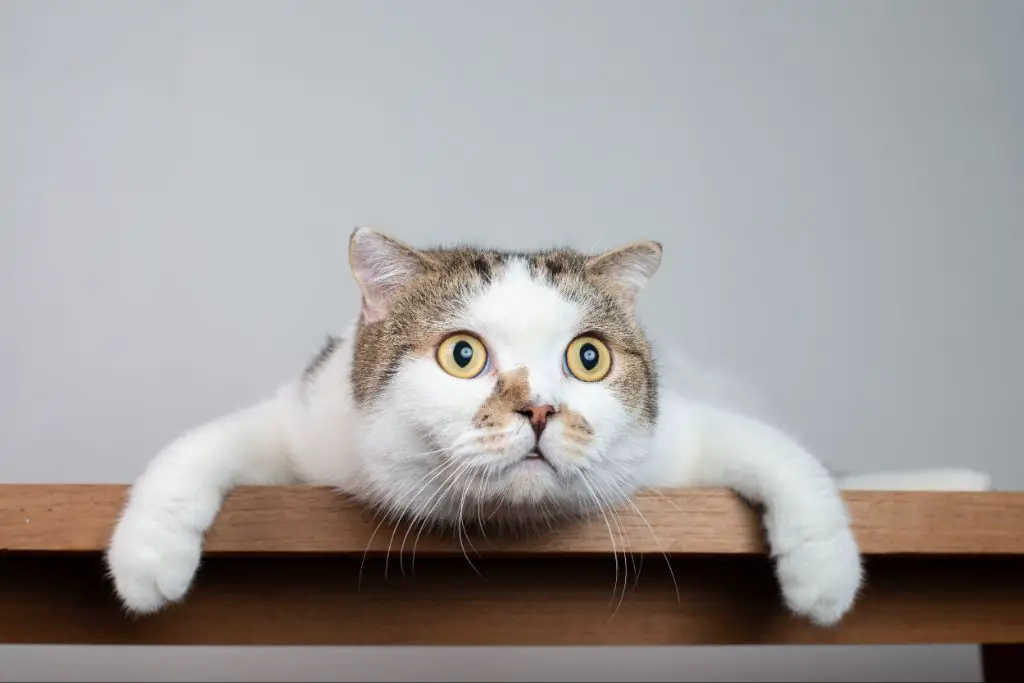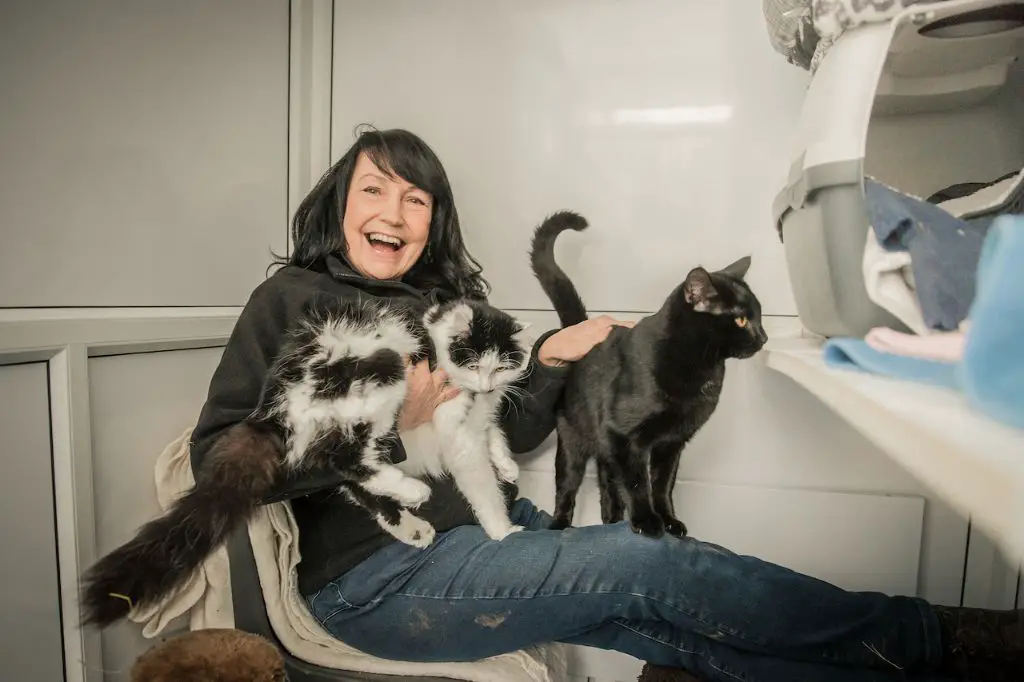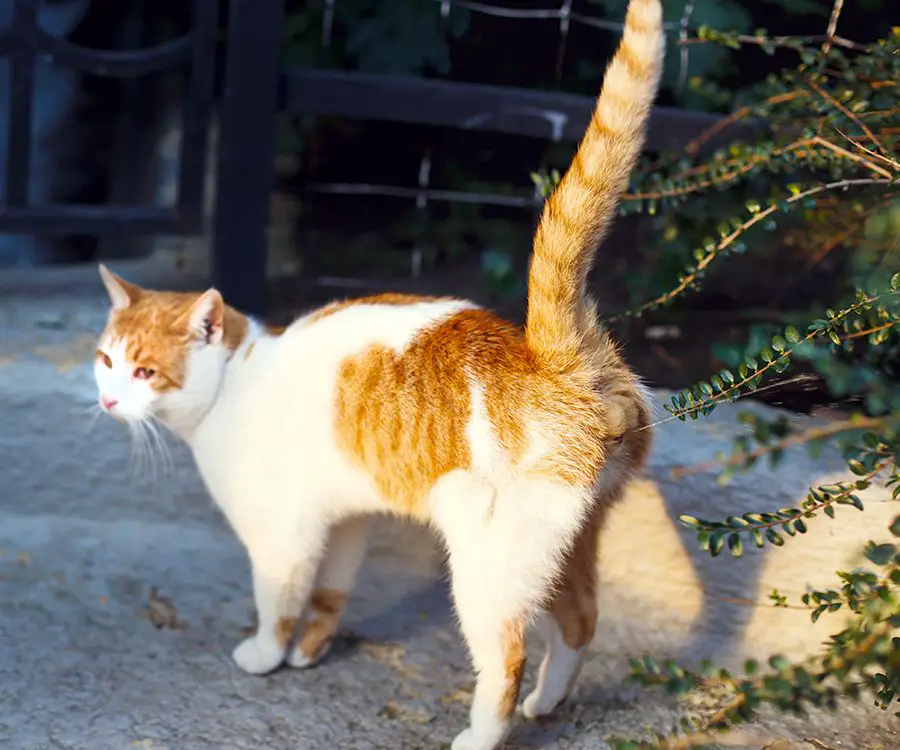Most cat owners have experienced that special moment when their cat greets them enthusiastically at the door or curls up contentedly in their lap. This leads many cat owners to wonder, “Does my cat actually recognize me?” While cats may not rely on their owners like dogs do, research shows that cats do recognize their owners in a few key ways.
Cats use multiple senses and cues to identify their owners, including scents, voices, behavior, and appearances. Their recognition is driven by familiarity developed over time and positive associations like food and social bonding. So while cat recognition may be subtler compared to dogs, cats do see their owners as a source of security and affection. This article will explore how cats recognize their owners through different faculties.
The thesis is that cats recognize their owners through scent, vision, sound, learned behaviors, brain chemicals, attachment from being provided with resources, and territory.
Scent Recognition
Cats primarily recognize their owners through scent. With up to 200 million odor receptors, cats have a phenomenal sense of smell that allows them to detect scents undetectable to humans (https://revealpetfood.com/pet-advice/do-cats-recognize-their-owners/). A cat’s sense of smell is 14 times better than a human’s. This gives cats the ability to recognize each person’s unique scent.
A cat’s nose contains scent glands that allow them to identify scents 10,000 to 100,000 times better than humans. When a cat rubs against a person, it is leaving its scent and gathering the person’s scent in return. This is how cats initially get to know humans. According to studies, cats show signs of recognition and comfort when exposed to their owner’s scent versus a stranger’s scent (https://avsab.org/does-your-cat-find-your-scent-comforting/).

Even if separated for long periods, cats can recognize their owner’s scent. Familiar scents provide a sense of comfort and security for cats. So while cats may not visually recognize owners after long separations, they can pick up their human’s scent and feel reassured.
Visual Recognition
According to research from Cats.org.uk, cats rely heavily on visual cues to recognize their owners. A cat’s vision is most acute at distances of 2 to 6 feet, which is the typical distance between cats and their owners during interactions. Cats recognize familiar faces, and studies have shown that cats can discriminate between their owner’s face and a stranger’s face.
Cats also recognize individuals based on differences in people’s gait and body movements. A Japanese study had cats watch their owners walk on a treadmill and then tested if they could identify their owners by their walking style alone. The cats could reliably recognize their owners from their walk.
So while a cat’s vision may not be as sharp as a human’s in detecting fine details, they use visual cues like facial features, body shape, and movement patterns to identify familiar people like their owners.

Voice Recognition
Cats can recognize their owners’ voices, even when the owner is not physically present in the room. A 2022 study by researchers at Paris Nanterre University found that cats showed more interest and positive behavior when hearing their owners’ voices from a recording, compared to when hearing a stranger’s voice (National Geographic). The cats responded more frequently to their owners’ voices, indicating they could distinguish familiar voices from unfamiliar ones.
The ability for cats to recognize their owners’ voices develops over time through repeated interactions and bonding experiences. As cats form attachments and relationships with their human caretakers, they become attuned to the unique qualities of that person’s voice. Even if the owner is in another room, cats can pick up on familiar voice cues and associate positive feelings with hearing their owner speak (The Daily Beast). So when an owner calls their cat’s name or starts speaking, the cat recognizes this and pays more attention.
Behavioral Cues
Cats often display obvious excitement and affection when their owners return home after an absence. When a beloved owner comes back after being away, cats may show their happiness through behavioral cues like increased vocalizations, rubbing against their owner’s legs, and following them around the house purring. Many cats even jump up into their owner’s arms or lap when they walk in the door as a sign of affection. According to a viral video from Newsweek, one rescue cat named Binx was caught frozen in excitement staring at the door when he thought his owner had returned home. These types of excited behaviors indicate that cats strongly recognize and bond with their human owners.
Cats also display signs of missing their owner’s presence while they are away, like waiting by the door or window watching for them to return. As highly social animals, most cats form a secure attachment to their owners and do get excited when reunited after separations. While cats may not greet owners at the door with the same intensity as dogs, their excitement and affection is evident through subtle behavioral cues and interactions when owners come home after a long absence (Quora).
Brain Chemistry
Research has shown that cats’ brains release oxytocin, also known as the “love hormone”, when they see and interact with their owners. Oxytocin is a neurotransmitter that plays a role in social bonding, maternal behavior, and pair bonding. Studies using fMRIs on cats have found increased oxytocin levels in a cat’s brain when they are in contact with their owner, such as when being petted or receiving food.

According to a 2023 study published in the journal Animals, when cats heard their owner’s voices, their oxytocin levels increased significantly. The more attached a cat was to its owner, the higher the oxytocin levels. The authors concluded that “interactions with caregivers, especially owners, increase oxytocin secretion in cats.”
Oxytocin is also released when cats purr. One theory is that this release of oxytocin facilitates bonding between the cat and its owner. The act of petting a cat can also trigger oxytocin release in both the cat and human, reinforcing their social bond. Overall, research indicates cats form strong attachments and have a neurochemical response involving oxytocin when interacting with owners they are bonded to.
Attachment
Research shows that cats form attachment bonds with their owners in ways similar to human children and dogs. A 2019 study from Oregon State University found that pet cats display attachment behaviors toward their caregivers such as greeting them when they return home and wanting proximity to them (https://today.oregonstate.edu/news/cats-children-and-dogs-develop-attachments-their-caregivers-study-shows). This indicates they form social bonds and dependence on their owners. The strength of attachment varies based on how socialized a cat is. A 2023 Southern Living article also reported on this OSU study, confirming cats develop attachments to their owners (https://www.southernliving.com/news/oregon-state-university-current-biology-cats-attachment-owners).
Food Provider
Cats recognize their owners as a consistent source of food. According to Reveal Pet Food, cats form positive associations with their owners who regularly feed them. They are able to recognize the sight and sound of their owners as signals that food is on the way. Cats also show anticipation and excitement when they hear cues that their owner is preparing food, such as the sound of a can opener or food bag. This is evidence that cats connect their owners with being the providers of meals.
Cats may rub against their owners or vocalize to remind them that it’s time to eat. They understand that meowing or purring earns them a faster food delivery from owners. This reliance on owners for food contributes to the bond between pets and their caretakers. According to a post on Reddit, cats recognize kibble as legitimate food since that is what owners regularly feed them.
Territory
Cats are very territorial animals. A cat’s territory consists of the area that it patrols and defends against other cats. Their territory provides them with food, shelter, and safety. According to the ASPCA, cats will often see their owners and family as part of their territory and inner circle.1

Cats use various behaviors to mark and protect their territory like rubbing, scratching, urine marking, and aggressive displays. A cat is likely to be less territorial and more trusting of people that it views as part of its territory and family. So when a cat rubs against its owner’s legs or scratches its owner’s furniture, it is actually marking them as being part of its trusted inner circle and territory.
Conclusion
In summary, there is strong evidence that cats do recognize their owners through scent, vision, and familiarity over time. A cat’s sense of smell is excellent for recognizing the distinct scent of their owner. They use visual cues like facial features, movement, and body language to identify their owner. Cats also come to recognize the sound of their owner’s voice and footsteps. Through repeated positive interactions and forming an attachment, cats see their owner as a source of food, comfort, and safety within their territory. While cats are often characterized as aloof loners, research shows they can form social connections and display affection for their human companions. After living in a home together, cats recognize their owner’s presence and will show signs of trust, contentment, and even excitement upon their return.

